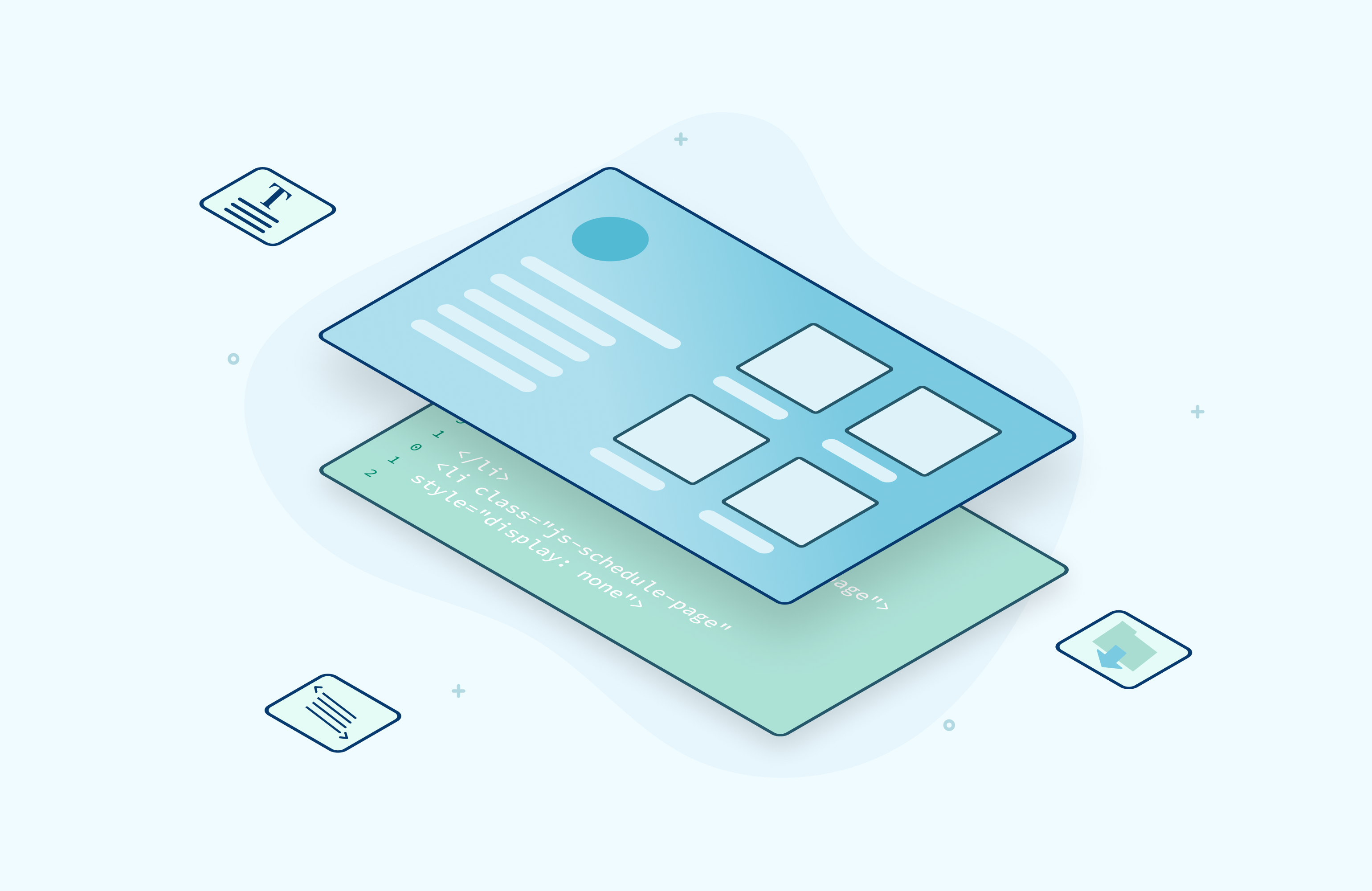
E-commerce is growing at a compound annual growth rate (CAGR) of 6.9% and is projected to reach $3.5 trillion by 2025; that’s a lot of zeros!
Brands and retailers are looking for ways to keep up, but commercial e-commerce technology for mid-market to enterprise-level businesses has not seen significant changes since the late 1990s.
Online shoppers have become more sophisticated and use a choice of devices and platforms to research, compare and buy. They expect a seamless shopping experience no matter which channel they use to access your site. Therefore, more and more businesses are looking for a better solution to compete in the digital-first economy.
Enter Headless Commerce, an agile way for merchants to provide customers with an omnichannel experience irrespective of the digital channel.
Headless is growing in popularity because of its ability to streamline the digital experiences eCommerce businesses offer their customers. Investors have already seen its potential in shaping the future of e-commerce. No wonder companies developing headless commerce technologies have raised over US$1.7 billion in just the last two years. Our friends at Nacelle have raised over US$60+ million for their headless technology.
With so much excitement around Headless Commerce, it would seem like a no-brainer to jump in and deploy Headless solutions, but not all brands benefit equally.
“Not all brands are a good fit for a headless commerce solution. There’s a certain level of sophistication a brand needs to achieve to be an ideal candidate. That sophistication correlates to revenue in part, but also the robustness of a company’s development resources.” Says Nacelle CEO, Brains Anderson
Headless eCommerce allows more flexibility, agility, and customization and can handle complex operations. Still, it is a big commitment to implement and may seem overly ambitious for smaller retailers and start-ups who don’t have the budget or workforce. In addition, if your brand does not need advanced personalization and highly customized multichannel experiences, headless commerce may not be the right fit for you.
So, is your brand ready for Headless? Does it coincide with your business goals?
Here are some questions, the answers to which will help you evaluate if your company is ready to adopt a Headless eCommerce solution.
- Do you have multiple eCommerce channels and touchpoints, like desktop, mobile, in-store, self-checkout, curbside pickup, AR/VR, smart mirrors and watches etc.? Headless can help you adopt a seamless, sell-everywhere (omnichannel) strategy and drive conversion across multiple touchpoints.
- Do you want to increase your site speed and performance? Faster page speed provides a better user experience, and it can increase page views and conversions and reduce bounce rates. In fact, a one-second increase in site speed can increase the conversion rate by more than 2%. In addition, headless typically increases most eCommerce metrics by double digits. If you are a large business, the ROI can be significant.
- Do you want to differentiate your brand from the competition by providing a personalized customer experience that fits their needs, tastes and preferences? If so, Headless will provide additional flexibility for dynamic page content customized by user persona, personalized product recommendations and promotions directed toward the customer based on previous purchase history and search history. Headless also makes it easier to develop unique design experiences with content-rich pages instead of relying on your platform’s theme editor and third parties that can often bog down your site’s speed.
- Are you a midsized or large company with several divisions and brands in its portfolio? If so, you may have the scale and resources to devote the significant time, in-house technical resources and expenses associated with adopting a headless solution for the first time.
- Do you have a different CMS for every sales channel your brand operates in and must duplicate content from one CMS to another? If so, Headless content infrastructure unifies all content in a centralized content hub, making editing easier and eliminating constant copy and pasting or frustrating imports of data using your platform’s native functionality or third-party apps. This improves brand consistency and compliance and enables your eCommerce team to quickly update content across all channels, which at scale can have hundreds of hours a month of manual labour.
- Does your company have several disparate systems applications that are required to integrate with eCommerce stores? If so, Headless development can provide your development team with more flexibility and options without constraining and bogging down your front-end experience.
- You want to lower the total ownership costs. Headless commerce systems reduce the need for costly platform redeployment and can be scaled up and down based on demand. Once set up and with the proper support, it improves employee adoption due to its simplicity, making it easy for your team to access and update the front-end without advanced skills. With Headless, your developers can develop the front-end with agility, saving time on interface changes.
- Your brand needs constant change in content and requires making design changes rapidly and continuously on the front-end. Businesses using Headless commerce can launch new front-end experiences quickly and react to new market trends that can be done rapidly and with a minimum of costly backend development.
These by no means are the only criteria you would use to evaluate the need for headless technology for your brand, but they are a good starting point. This also does not mean that Headless eCommerce is only suitable for larger businesses. It also benefits smaller businesses that share some of the listed characteristics.
If you are on the Shopify Platform, you have Hydrogen, Shopify’s stack for headless commerce. It provides a set of tools, utilities, and best-in-class examples for building dynamic and performant commerce applications. Hydrogen is designed to dovetail with Remix, Shopify’s full stack web framework, but it also provides a React library portable to other supporting frameworks.
If you are on the Shopify platform and would like to implement headless eCommerce, Tidal Commerce can help. Tidal is a Shopify Plus certified agency that can implement the Headless solution in a turnkey manner so that your in-house team is not distracted from their mission-critical work.
The future is headless.


